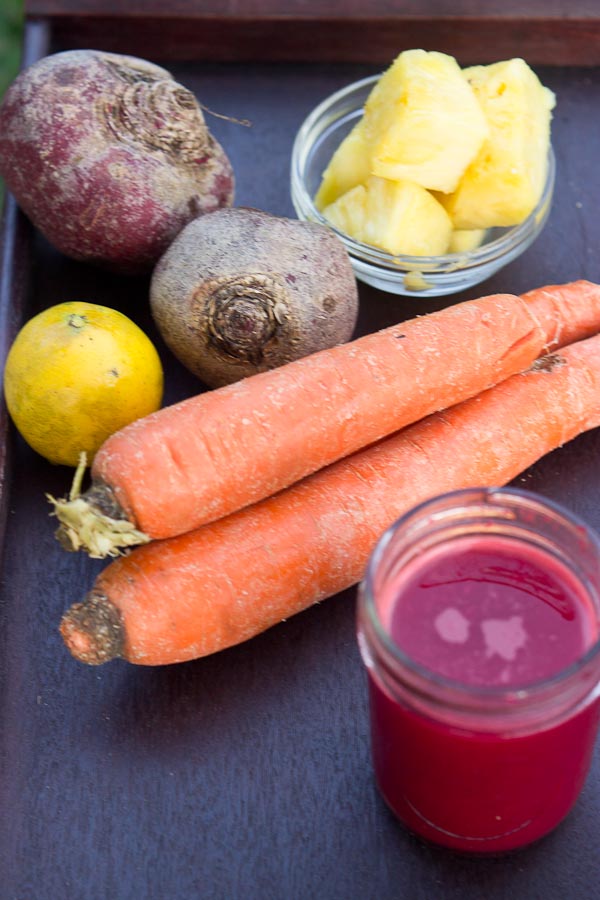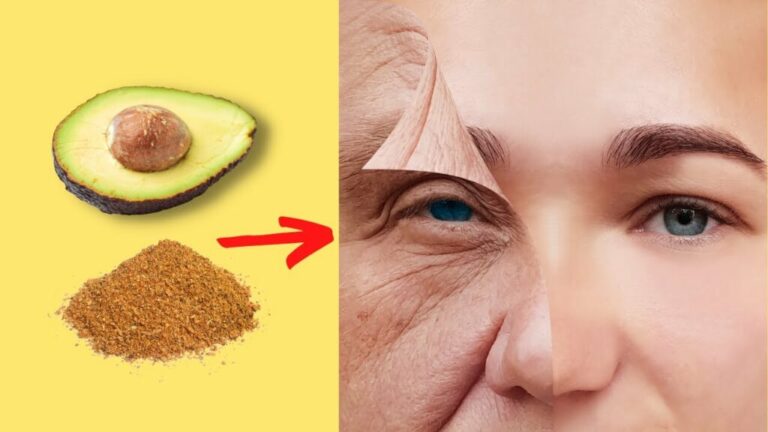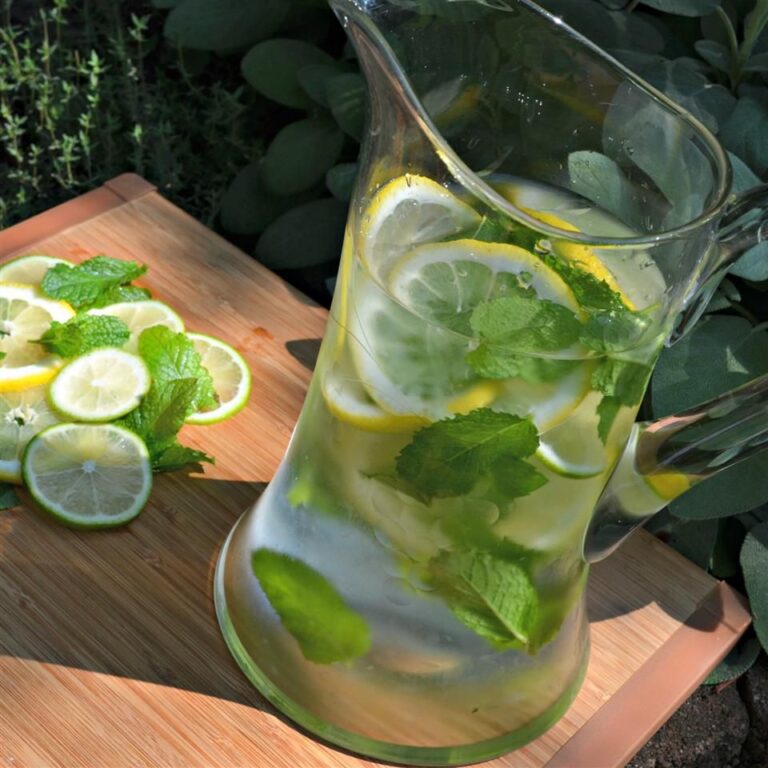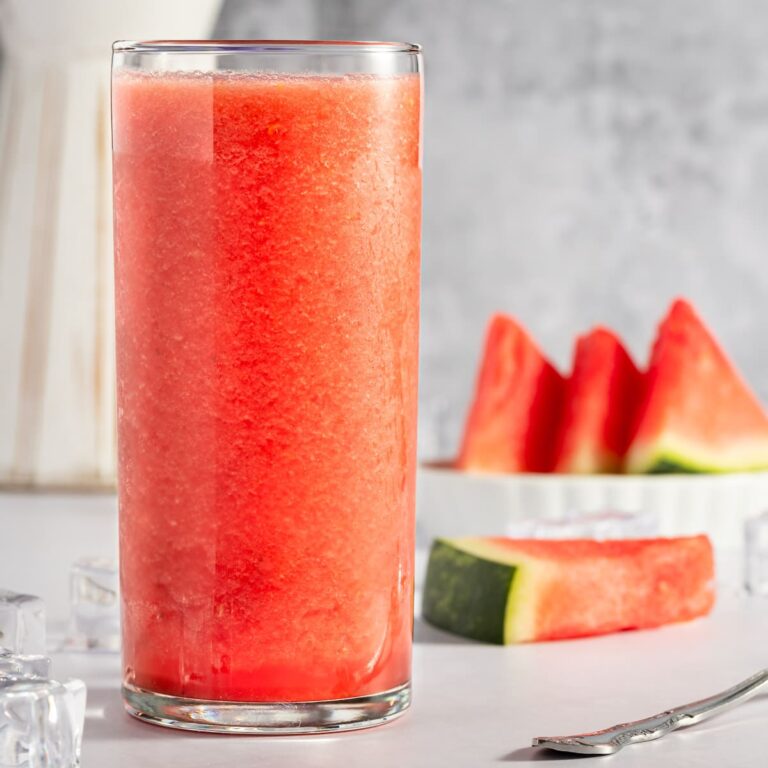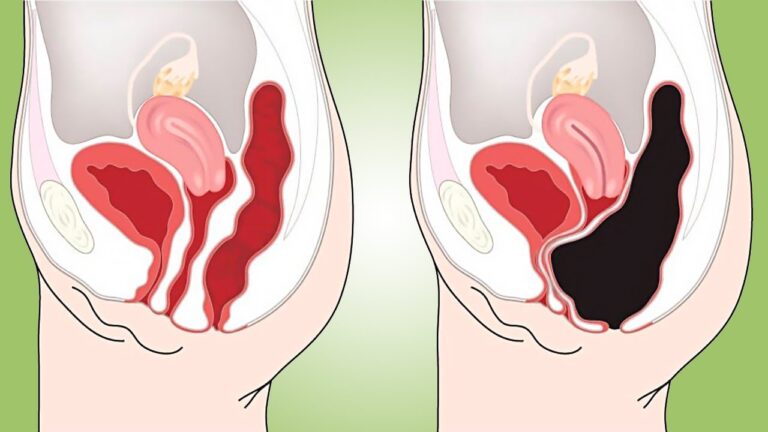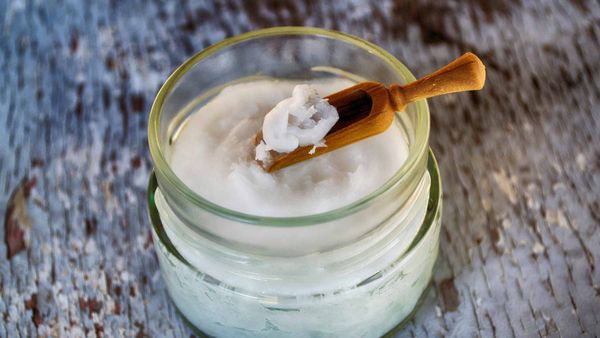Rats can be a pesky problem, especially for those of us who prefer not to share our homes with these unwanted guests. Fortunately, there are several natural methods you can use to deter and eliminate rats from your property. Let’s take a look at some of the most effective techniques.
1. Onions: A Powerful Rat Repellent
Did you know that rats dislike the pungent smell of onions? It’s true! Simply place a slice of onion near their nesting area or along their common paths. The strong odor will drive them away. Onions can be an excellent addition to your arsenal against these intruders.
2. Ammonia Spray: An Irritating Solution
Ammonia has a scent similar to the urine of a predator, which makes it highly irritating to rats. Make a spray by combining two tablespoons of detergent, a quarter glass of water, and two cups of ammonia. Spray this mixture in areas where rats are frequently spotted. The smell of ammonia will deter them from returning.
3. Bay Leaves: A Deadly Treat for Rats
We can set a trap for rats using bay leaves. They are attracted to the scent and consume them eagerly. However, unknown to them, bay leaves are highly poisonous. Simply grind some dried bay leaves and sprinkle them in the suspected entry points. This method should be repeated every 5-7 days for optimal results.
4. Baking Soda: A Natural Rat Repellent
Rats tend to avoid areas with baking soda. You can make a bait by mixing one cup of flour, one cup of sugar (or powdered chocolate), and one cup of baking soda. The sugar or chocolate will entice the rats, and the baking soda will eliminate them after consumption. Fill some jars with this mixture to attract and eliminate them effectively.
5. Peppermint Essential Oil: Keeping Rats at Bay
Peppermint essential oil not only smells wonderful but also repels rats effectively. Soak cotton balls with a few drops of peppermint oil and place them in areas where rats are likely to appear. Remember to replace the cotton balls every 5-7 days depending on the amount of oil used. Alternatively, you can also use citronella, castor oil, or grow mint plants around the perimeter of your home.
6. Detergent Spray: A Solution for Roaches
If you’re also dealing with a roach problem, a mixture of water and liquid detergent can be highly effective. Combine four tablespoons of liquid detergent with four cups of water and spray the solution in areas where roaches hide. This method works particularly well against German roaches and crickets.
7. Neem: A Natural Cockroach Repellent
Neem, a medicinal plant, can interrupt the life cycle of cockroaches by reducing their rate of reproduction and the number of fertile eggs. Crush a handful of neem leaves to make a paste, then mix it with four cups of water. Pour the mixture into a spray bottle and apply it in corners, cracks, and damp areas where cockroaches tend to gather.
8. Cheap Wine Spray: Cockroach Eliminator
Believe it or not, cheap wine can be used to knock out cockroaches in just 24 hours. Pour the wine into a spray bottle and apply it to areas where you have seen cockroaches. Within a day, you’ll see the results.
9. Garlic: A Powerful Repellent
Rats find the pungent smell of garlic unbearable. Crush some garlic and let it sit in a water bottle for a few hours. Then, spray the corners of your house with the garlic-infused water. The rats will quickly flee from the strong scent.
10. Teabags: Repelling Rats, Spiders, and Insects
Used teabags can be a helpful tool in repelling rats, spiders, and other insects. These pests can’t stand the smell of tea, so simply place the teabags in areas where you want to keep them away. If you’re dealing with frequent visits from these unwanted guests, this simple trick can make a big difference.
With these effective methods at your disposal, you can bid farewell to rats and other pests in and around your home. Remember, there’s no need to resort to harmful chemicals when natural solutions can get the job done.


